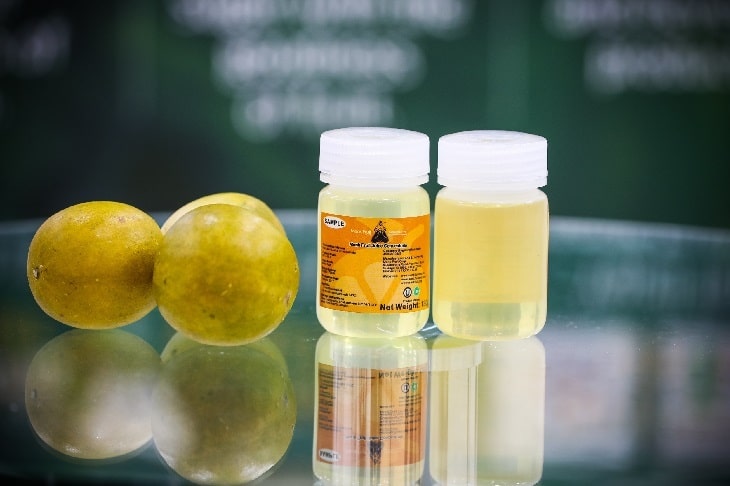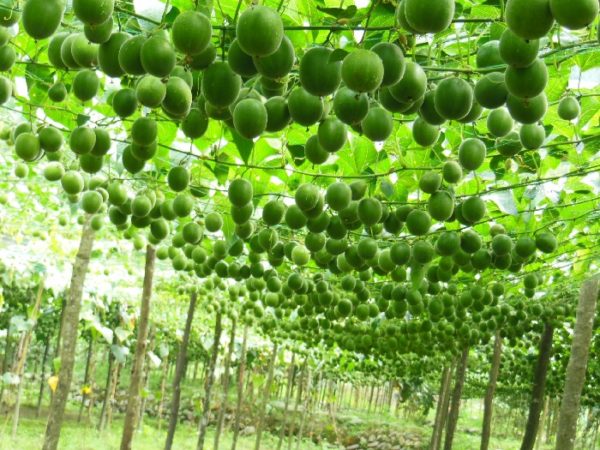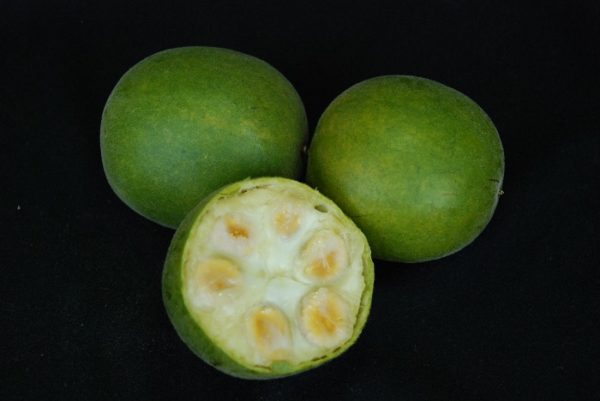Clean, sweet and natural: Monk fruit’s modern appeal
Originally used by monks in the 13th century, monk fruit has come a long way from its humble origins as a small green gourd growing in the Guilin mountains of China. Dried whole, the fruit was traditionally used as a sweetener and in traditional Chinese medicine, but for centuries was considered notoriously difficult to cultivate.
Today, monk fruit is used in more than 2900 food, beverage and supplement products globally, in a diverse range of products sold by companies including Nestle, Unilever, The Coca-Cola Company and General Mills.
But what makes the green fruit so special?
For the food, beverage and supplement market, the answer lies not just in its ability to sweeten, but also in how it meets consumer expectations. “Monk fruit is the ideal solution for food and beverage companies looking for healthy and natural alternatives to sugar and artificial sweeteners,” says Yashvir Ahluwalia, Monk Fruit Corp’s Vice President of Sales and Marketing Asia Pacific.
Beginning operation in 2004, the company supplies about 60 per cent of the global monk fruit ingredient market. The product, which is sold as both a concentrated juice and a powdered extract, allows formulators to remove up to half the added sugar in food and beverage products.
“The fruit derives its intense sweetness from naturally occurring antioxidants called mogrosides,” says Ahluwalia.
“Because of the presence of the sweet mogrosides, the juice from monk fruit is approximately 20 times sweeter than other fruit juices, and concentrated mogroside extracts made from monk fruit can be up to 200 times sweeter than sugar.”
Apart from being a powerful natural sweetener, the fruit has other unique selling points: it has clean label appeal and is a low-calorie ingredient, two key trends in the consumer market. The wellness trend continues to heavily influence the food and beverage industry, and customers with an increased knowledge of the influence of diet on wellbeing have shied away from unknown ingredients, preservatives and long ingredients lists in food.
Instead, consumers have gravitated towards ‘clean label’ ingredients – that is, products they perceive as primarily derived from a natural source. This is further strengthened by the monk fruit juice concentrate being regulated as a food or food ingredient, and not as a food additive or sweetener.
“As soon as the consumer reads ‘fruit’ on the ingredient label, it creates a strong perception that the ingredient is from a natural and healthy source,” says Ahluwalia.
However, unlike other fruit juice concentrates, what makes monk fruit different is that it adds almost no calories or sugar because such a small amount is used, making it an appealing option for the increasingly health conscious, educated consumer market.
“It’s a golden era of innovation for the food industry, driven by shorter innovation cycles and consumer demand for more choice along with greater transparency,” says Ahluwalia.
“Monk fruit meets the evolving needs of the food and beverage market.”
While monk fruit has always been a difficult crop to cultivate, Monk Fruit Corp has heavily invested in the product supply chain, from seedling cultivation to final processing. “This unique capability gives us unrivaled control over raw material quality and traceability, allowing us to guarantee quality and continuity of supply to our customers,” says Ahluwalia.
What surprises people most about monk fruit, he notes, is its sweetness when they try it for the first time. “The first impression we get is that it has a clean taste: clean taste meaning it’s a sweet taste. It doesn’t have the lingering and the bitterness or artificial taste,” says Ahluwalia.
“That’s like the ‘wow’ factor that we get from formulators.”
You may also like
-
Stay up to date with the latest news, industry insights and foodpro updates.
- Subscribe



